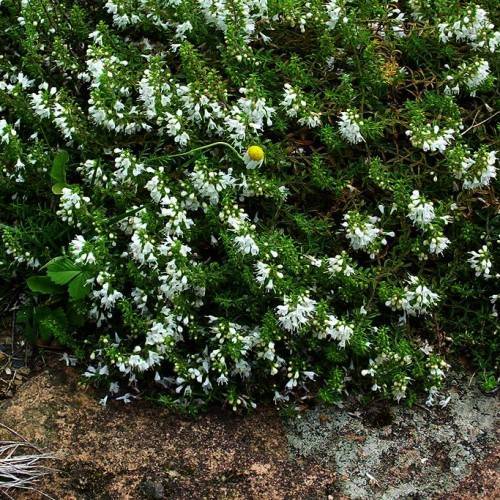
creeping savory
Satureja spicigera
Cycle:
Herbaceous Perennial
Watering:
Minimum
Hardiness Zone:
6 - 9
Flowers:
Flowers
Sun:
Full sun
Leaf:
Yes
Growth Rate:
Low
Maintenance:
Low
Drought Tolerant:
Yes
Salt Tolerant:
Yes
Thorny:
Yes
Care Level:
Medium
watering
Water creeping savory enough to keep the soil moist, but not soggy, throughout the growing season. However, reduce watering in late summer and fall before freezing temperatures set in. During the winter, the soil should be kept barely moist. To prevent water loss due to evaporation, water the creeping savory in the morning, rather than in the afternoon or evening.
sunlight
Creeping savory (Satureja spicigera) does best when it receives either full sun or partial shade. In the warmer months, direct sunlight for about 4-6 hours per day is ideal. In the cooler months, if the temperature falls below 10°C, then light shade is preferred. Exposure to very low temperatures can damage the foliage and sometimes even kill the plant. The plant also benefits from receiving some protection from strong and gusty winds.
pruning
Creeping savory (Satureja spicigera) should be pruned annually in early spring. This will help to maintain the plant's shrubby shape and reduce disease and stress. Pruning will also help encourage new growth and improve air circulation. It is best to prune the largest branches back by 1/3 of their size, and also trim any diseased, dead, or broken branches. If the plant has gotten too large, it can be heavily pruned, but if this is done, it is important to remember to water the plant more often after pruning.
